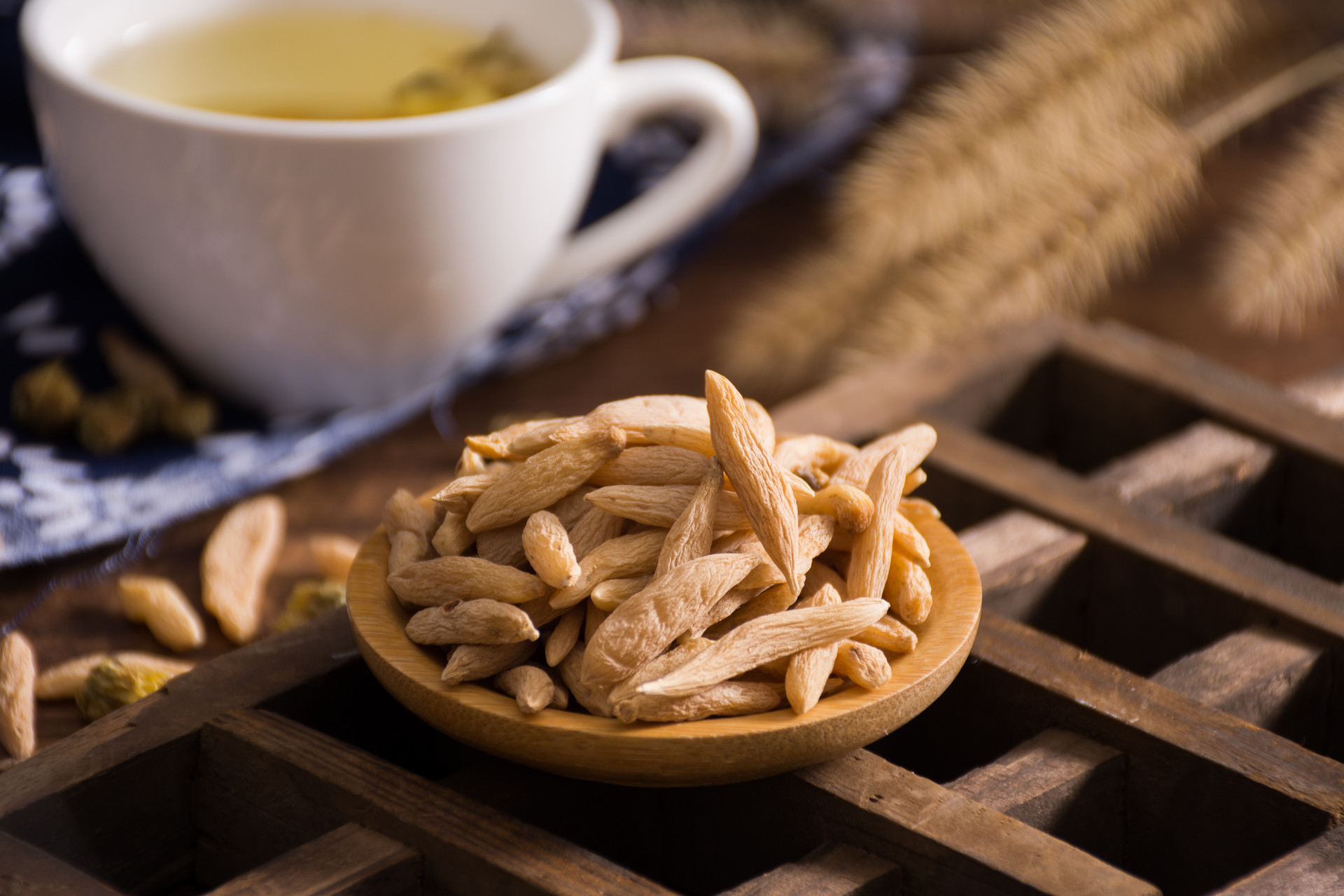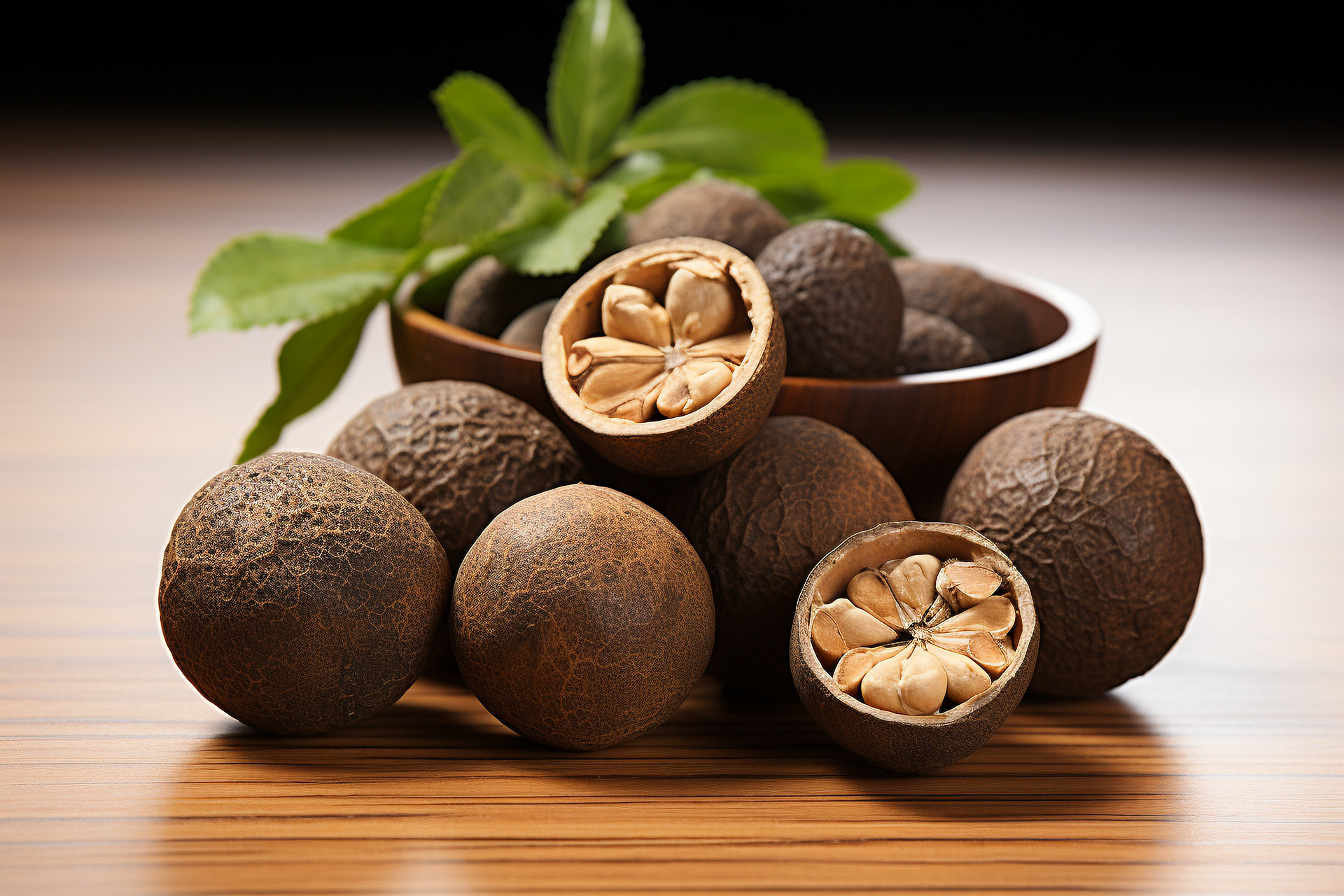Angelica sinensis, commonly known as Dang Gui, is a frequently used traditional Chinese medicine. It was first recorded in the "Shennong Bencao Jing" and is known for its functions of nourishing blood, promoting blood circulation, regulating menstruation, relieving pain, and promoting bowel movement. It is used for conditions such as blood deficiency, irregular menstruation, amenorrhea, dysmenorrhea, excessive menstruation, postpartum abdominal pain, blood deficiency constipation, injuries from falls, and abscesses. It is a genuine Chinese medicinal material and is well-known both domestically and internationally.
Origin and Distribution
It is mainly produced in Min County, Wudu, Dangchang, Wen County, Li County, Wushan, Gansu Province. It is also produced in Yunnan and Hubei provinces.
Identification Points
The main difference between Dang Gui and European Dang Gui is that the roots of European Dang Gui are composed of two or more rhizomes, and the overall shape is thicker and longer than Dang Gui. When partially dried, it has a slight Dang Gui smell, but the smell becomes weak after completely dried. This can be used to distinguish them.
Counterfeit Xing'an Bai Zhi is similar in shape to Duhuo, with a turbid smell and no unique fragrance of Dang Gui, making it easy to identify.
Rapid Identification
Whole Dang Gui: The roots are cylindrical or square-round, with several supporting roots at the lower part, and a total length of 15-25cm. The surface is light yellow-brown, with longitudinal wrinkles and horizontal long pores. It is hard and easily absorbs moisture and becomes soft. The cross-section is yellow-white, with a thick skin, cracks, and brown dot-like secretory cavities, and the wood is lighter in color, forming a yellow-brown growth ring. It has a clear and fragrant smell and a slightly sweet and bitter taste.
Dang Gui Head: Also known as Hu Tou, it is the main root of Dang Gui and is long and cylindrical or fist-shaped. The surface is yellow-white (often due to external impact) to grayish-white. The cross-section is powdery white to yellow-white, rich in powder, with a fragrant smell and a slightly sweet and bitter taste.
The quality of Dang Gui is determined by the root being plump and long, with thick supporting roots, a yellow-brown surface, a powdery white (commonly known as "powder fork") cross-section, and a fragrant smell and slightly sweet and bitter taste.











